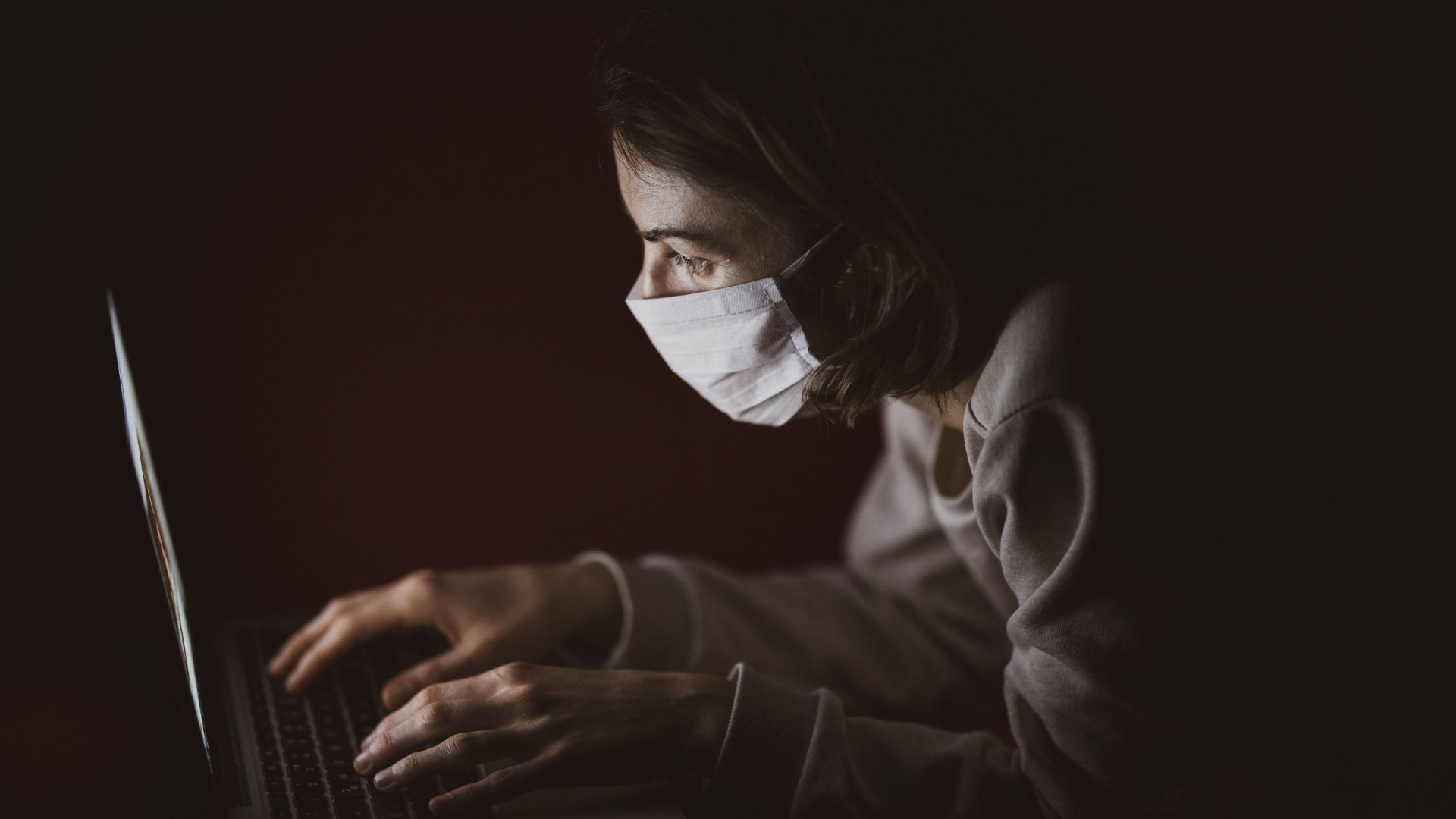This story was written by Timber Creek Talon reporters Mason Bass and Anirudh Shenoy.
With vaccines and boosters came hope that current worries would be subdued, however some new variants of COVID-19 spread extremely fast but are less fatal. This main new strand is what the doctors are calling the Omicron variant, which took less than a month to become the dominating strand across Texas whereas it took the Delta variant months.
The amount of COVID-19 tests that have come back positive in the past few days has broken previous records. The state was given federal permission to open six government COVID-19 testing sights on Monday, Jan. 3, 2022. State clinics are having trouble staffing nurses and doctors, causing a concern with rising numbers.
“The primary issue is staff out sick,” Carrie Willams, a representative on the Texas Board of Health said. “Many others are in isolation or quarantine, are exhausted or have left. We’re bracing for yet another impact with very little man power to handle it. We’re staying in close contact with the state on this issue and closely monitoring the state wide situation.”
Over 7,000 Texans were hospitalized with numerous variants spreading over the state. In the Fort Worth area, over 4,000 cases are predicted to occur per day according to UT Southwestern Medical Center. Similar predictions state that if things go back to prior pandemic conditions, the cases and hospitalization could grow to the highest they have ever been by the end of January. However, if precautions are taken like how they were from October to November 2020, the mass amount of cases could be prevented.
According to the Keller ISD COVID-19 Self Reporting Dashboard, as of Jan. 14 at 9:05 a.m., there are currently over 2,000 total active self reported cases, with 1,649 of those cases being students and 415 being teachers. Timber Creek currently has 237 active self reported student cases and 25 active self reported teacher cases. Teachers are required to report themselves where as students are advised but aren’t forced.
As of Jan. 13, 2022, Bear Creek Intermediate School and North Riverside Elementary School are closed due to critical staffing shortages, and plan to reopen on Tuesday, Jan. 18.
The district offers free COVID-19 testing and their facility had opened on Wednesday, Jan. 5, but by the next day closed due to the lack of tests. They are working to get more tests and have previously said that they will send out an email updating the situation.
According to an email sent out on Jan. 4, following another sent the day before, the Tarrant County Public Health confirmed that student isolation after testing positive for COVID-19 requires 10 days of quarantine. Students who have not been tested but experience symptoms of COVID-19 are encouraged to quarantine for 10 days as well. Students who decide to stay home due to their household testing positive will be counted absent as well as students who tested positive. Families can communicate with their child’s school that their child will be out for COVID-19 related reasons by providing documentation with a parent or doctor note. Schools will make sure that COVID- related absences will not be counted against the student. However, Keller ISD teachers are only required to isolate for five days as long as they return the following five days wearing a mask. Find more information regarding Keller ISD’s COVID-19 protocols here.
Vaccines are still available for 12 and up, and emergency uses for age 5 and up. City and state officials are still encouraging vaccines and boosters for all who are available.
Statistics behind the Keller ISD COVID-19 Self Reporting Dashboard
Since late Sept. 2021, Keller ISD has made COVID-19 case statistics among students and employees readily available through the COVID-19 Case Dashboard. These statistics include: total active self-reported cases, active self-reported student cases, active self reported employee cases, active self-reported cases affecting Keller Center for Advance Learning, and inactive self report cases since Aug. 18, 2021. With the cases being self-reported, the entire district is reliant on the fact that individuals with any present variant of COVID-19 report them as soon as they receive a positive test.
This is considered a voluntary response and it’s a form of response bias. Individuals have the choice to choose whether or not they want to report their positive test, which means that the numbers reported could possibly be much lower than what the true number of cases really is.
In an interview with Advance Placement and On-Level Statistics teacher, Elizabeth Deleon, was able to shed some more light on the intricacies of this topic. Throughout the discussion some common conclusions were presenting themselves. For one, the voluntary aspect of the case reporting is most likely underestimating the true number of cases by a large percentage. Deleon stated that it’s likely that some students may not feel the motivation to go through the long process of reporting their positive case, and therefore would not show up in the statistics. She discussed how there really is no easy way around the response bias. It seems that the only way we can know the true number of students that have a positive case of COVID-19 would be to test every student every day.
